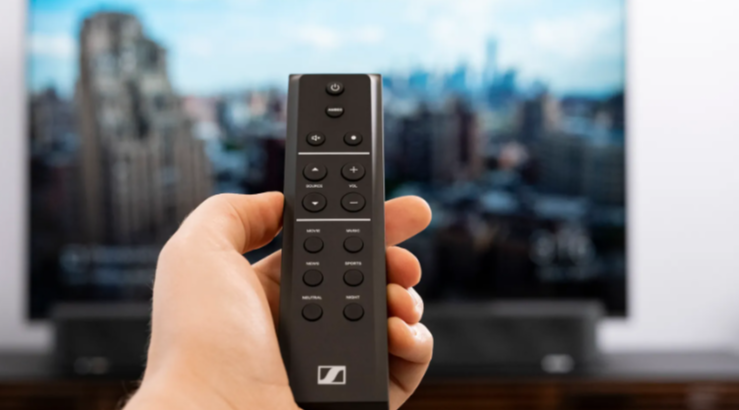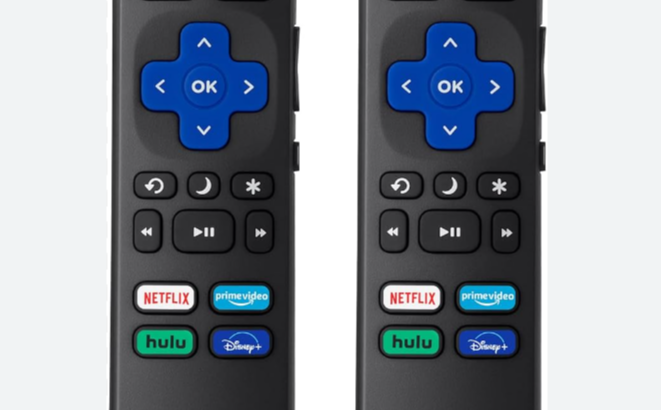Microphones are essential tools for capturing sound in various settings, from recording studios to live performances. Among the different types of microphones available, condenser microphones stand out for their sensitivity and accuracy in capturing sound. Below, we’ll explore what a condenser microphone is, its components, how it works, its applications, and tips for choosing the right one. Let’s dive into the details.
A condenser microphone, also known as a capacitor or electrostatic microphone, uses an electrically charged diaphragm and backplate to convert sound waves into electrical signals.
Unlike dynamic microphones, which use electromagnetic induction, condenser microphones rely on the principle of capacitance to capture sound. This type of microphone is highly sensitive and can capture a broad range of frequencies with great accuracy, making it a popular choice for studio recordings and applications where high fidelity is essential.
Components of a Condenser Microphone
Diaphragm
The diaphragm is a thin, flexible membrane that vibrates in response to sound waves. In a condenser microphone, the diaphragm is typically made of a lightweight material such as Mylar or gold-sputtered plastic. Its movement in response to sound waves is what generates the electrical signal.
Backplate
The backplate is a rigid, electrically charged plate positioned close to the diaphragm. When sound waves cause the diaphragm to move, the distance between the diaphragm and the backplate changes, altering the capacitance and generating an electrical signal.
Capsule
The capsule houses the diaphragm and backplate and is the core component of the condenser microphone. It is responsible for converting acoustic energy into an electrical signal.
Preamp
Because the electrical signal generated by the capsule is relatively weak, a preamplifier is used to boost the signal to a usable level. This preamp is typically built into the microphone or included in an external audio interface or mixing console.
Power Supply
Condenser microphones require an external power source to function. This power can be supplied via phantom power from an audio interface or mixing console, or through an internal battery. The power is necessary to maintain the electrical charge on the backplate.
How Does a Condenser Microphone Work?
When sound waves reach the diaphragm of a condenser microphone, they cause it to vibrate. These vibrations change the distance between the diaphragm and the backplate, which alters the capacitance of the circuit. This change in capacitance generates an electrical signal that corresponds to the sound waves. The preamp then amplifies this signal to a level suitable for recording or broadcasting.
The sensitivity and accuracy of condenser microphones are due to their ability to respond to even the smallest changes in sound pressure. This makes them ideal for capturing detailed and nuanced sounds, such as vocals and acoustic instruments.
Types of Condenser Microphones
Large-Diaphragm Condenser Microphones
Large-diaphragm condenser microphones (LDCs) typically have diaphragms larger than 1 inch in diameter. They are known for their warm and rich sound, making them popular for recording vocals and instruments. LDCs are often used in studio settings due to their ability to capture detailed sound with a pleasing tonal quality.
Small-Diaphragm Condenser Microphones
Small-diaphragm condenser microphones (SDCs) have diaphragms smaller than 1 inch in diameter. They are prized for their accuracy and ability to capture high-frequency detail. SDCs are commonly used for recording instruments like acoustic guitars, pianos, and string instruments, where precision and clarity are essential.
Tube Condenser Microphones
Tube condenser microphones use vacuum tubes in their preamp circuitry, which can add warmth and character to the sound. These microphones are often favored by recording engineers and musicians seeking a vintage or classic sound. Tube condensers are known for their smooth response and pleasing harmonic distortion.
Applications of Condenser Microphones
Studio Recording
Condenser microphones are the go-to choice for studio recording due to their sensitivity and accuracy. They excel at capturing vocals, acoustic instruments, and ambient sounds with high fidelity. The ability to pick up subtle details makes them invaluable in a controlled studio environment.
Live Sound
While dynamic microphones are more commonly used for live sound applications due to their durability and feedback resistance, condenser microphones are also used in live settings. They are often employed as overhead microphones for drum kits, for capturing choirs, and for acoustic instruments.
Broadcasting and Podcasting
The clarity and detail of condenser microphones make them ideal for broadcasting and podcasting. They ensure that voices are captured with precision, making them a favorite among radio hosts, podcasters, and voice-over artists.
Field Recording
For capturing environmental sounds and field recordings, condenser microphones are an excellent choice. Their sensitivity allows them to pick up subtle ambient noises, making them useful for nature recording, sound design, and documentary work.
Choosing the Right Condenser Microphone
1: Consider the application.
The first step in choosing the right condenser microphone is to consider its intended use. For recording vocals, a large-diaphragm condenser microphone may be ideal, while a small-diaphragm condenser microphone might be better suited for capturing acoustic instruments.
2: Evaluate the frequency response.
Frequency response refers to the range of frequencies a microphone can capture. Look for a microphone with a frequency response that matches your recording needs. For example, a microphone with an extended high-frequency response is beneficial for recording cymbals and string instruments.
3: Assess the polar pattern.
The polar pattern of a microphone determines its sensitivity to sound from different directions. Common polar patterns for condenser microphones include cardioid, omnidirectional, and figure-8. Choose a polar pattern that suits your recording environment and the type of sound you want to capture.
4: Consider your budget.
Condenser microphones vary widely in price. While higher-end models offer superior sound quality and features, there are many affordable options that provide excellent performance. Determine your budget and look for a microphone that offers the best value within your price range.
Ready to Elevate Your Audio Recording Game?
Condenser microphones are essential tools for capturing high-quality sound in a variety of settings. Their sensitivity and accuracy make them ideal for studio recording, broadcasting, and field recording. By understanding the components, types, and applications of condenser microphones, you can make an informed decision when choosing the right microphone for your needs.
Explore our range of high-quality condenser microphones at Replacement Remotes. Whether you’re setting up a home studio, upgrading your podcasting equipment, or looking for the perfect microphone for field recording, we have the right solution for you. Enhance your sound and capture every detail with precision and clarity. Shop now!





